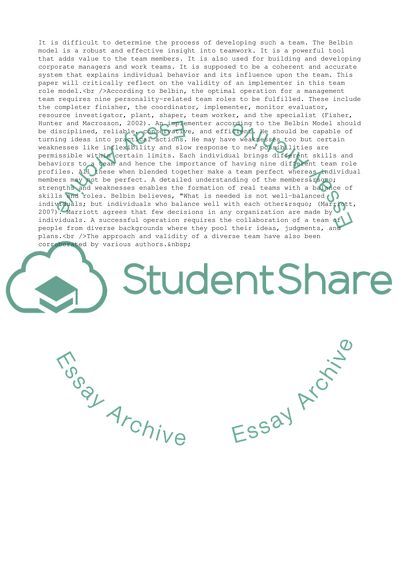Cite this document
(Project Management - Group Dynamics for Project Teams Report, n.d.)
Project Management - Group Dynamics for Project Teams Report. https://studentshare.org/management/1707347-project-management-people-group-dynamics-for-project-teams
Project Management - Group Dynamics for Project Teams Report. https://studentshare.org/management/1707347-project-management-people-group-dynamics-for-project-teams
(Project Management - Group Dynamics for Project Teams Report)
Project Management - Group Dynamics for Project Teams Report. https://studentshare.org/management/1707347-project-management-people-group-dynamics-for-project-teams.
Project Management - Group Dynamics for Project Teams Report. https://studentshare.org/management/1707347-project-management-people-group-dynamics-for-project-teams.
“Project Management - Group Dynamics for Project Teams Report”. https://studentshare.org/management/1707347-project-management-people-group-dynamics-for-project-teams.


